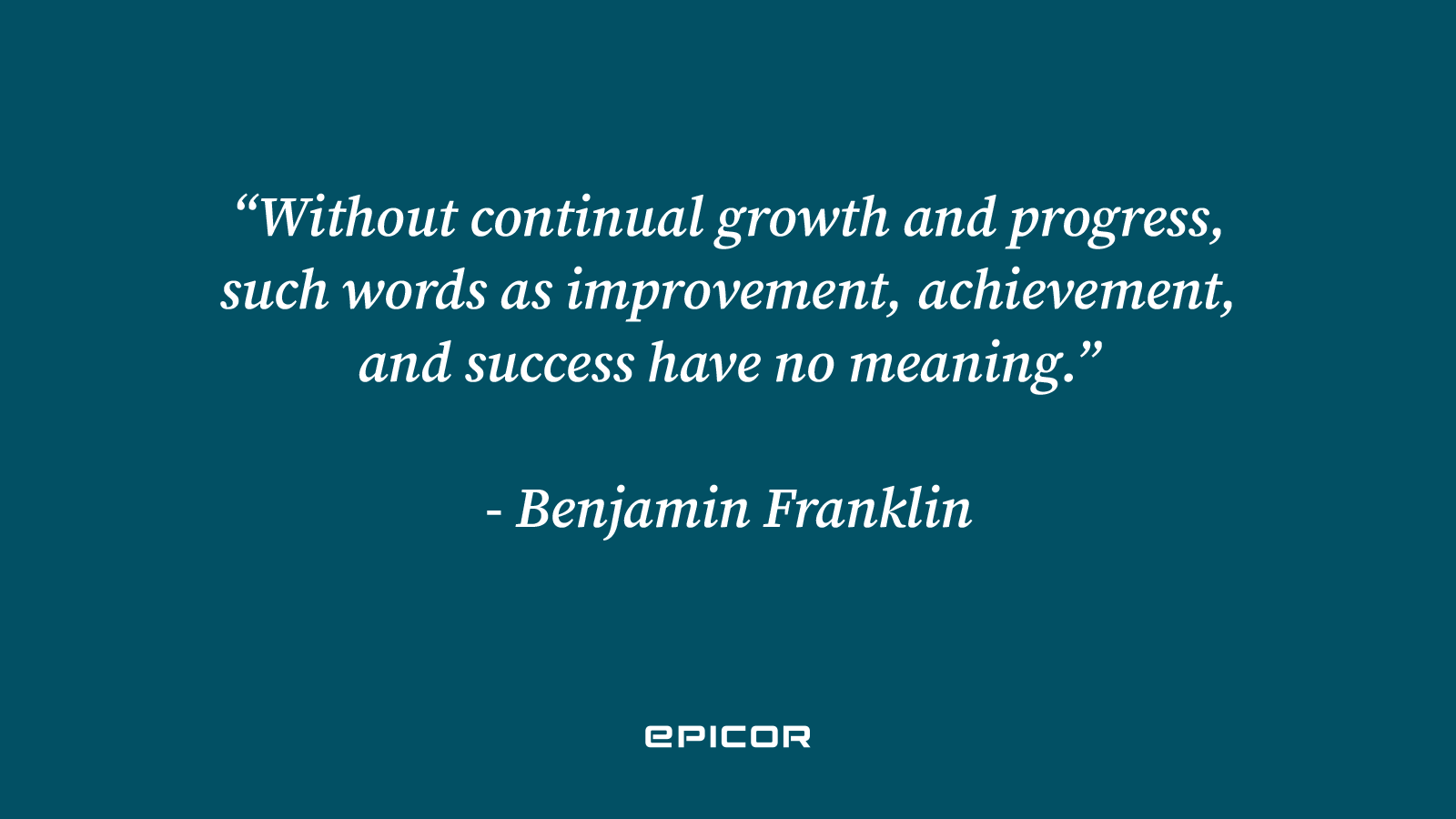Don't Just Monitor Your Plant Floor
by Jason Bullard, on Jun 23, 2023 2:56:40 PM
Manufacturers can use new tech tools to focus on continuous improvement

Successful manufacturers are almost always those who are unafraid to take a hard look in the metaphorical mirror and ask tough questions about their operation. They aren’t satisfied if their production is simply meeting goals; they want more. They ask themselves tough questions like:
- Are you actively trying to improve or are you just meeting the status quo?
- How long has it been since your benchmarks were evaluated?
- What do you think your competitors are doing?
For many, that mindset and that unflinching and ongoing introspection is the start of a digital transformation: a journey that leads to new capabilities with the game-changing power of connected process control. The best of these connected process control solutions are not just flexible and scalable, but can be utilized in virtually any production environment to deliver potentially dramatic improvements in efficiency, quality, and consistency.
With technology, the principles of lean manufacturing have been applied in transformative ways. And in a business where margins are often tight and errors expensive, minimizing waste and maximizing productivity are admirable and important goals. But a lean manufacturing approach is about more than just boosting efficiency and minimizing waste—it’s also about a fundamental commitment to improvement. That improvement isn’t a one-off exercise or a magical moment in time.
One of the misconceptions that surrounds these advances in manufacturing technology is that it affords manufacturers the luxury of not asking those tough questions. But not only is it just as important as ever to ask them, manufacturers now have new tools with which to answer them. Those tools provide important new information and insights, with detailed and often real-time data that is both meaningful and actionable.
For example, while it’s not uncommon for a manufacturer to allocate time at the end of a shift or a workday to review inspection sheets, the level of detail and accuracy on these reports is often predictably questionable when applied to incidents that may have happened many hours earlier. There is little value in a perfect check sheet that may or may not reflect operational realities. In addition, when issues are recorded, it’s not always clear why or even when something went wrong.
With connected process control, however, faults can be flagged and often corrected immediately. Instead of collecting sheets at each station and laboriously entering records into a spreadsheet, employees have access to ongoing evaluation and issue-flagging. Instead of passive monitoring, both operators and managers can use this enhanced visibility into their operations to actively identify bottlenecks, constraints, and opportunities for improvement. When utilized correctly, this capability elevates reporting from an exercise in record-keeping into an actionable, ongoing commitment to improvement. The result can be continuous improvements in productivity, efficiency, and quality with positive results for people (better training and fewer errors), processes (improved quality and efficiency), and equipment (enhanced overall equipment effectiveness).
For all the power and potential of process control technology, the real value comes from how it is implemented and used as part of a company’s big-picture plan for improved efficiency. It’s not enough to upgrade your technical infrastructure—manufacturers will likely also need to update their processes and protocols. If they fail to do so, they will end up repeating the mistakes and inefficiencies of the past—essentially just replacing hand-written record keeping with digital notation. To avoid that, the best new process control technologies are designed for maximum connectivity, with scanners, scales, and gauges that automate data gathering and minimize the burden on operators. With a connected ecosystem, data gathering is a two-way street, and mission-critical information flows both to and from each station.
The best solutions deliver value to engineers by connecting the data that is gathered, making it visible and actionable to the operator on the floor. By also providing operators with digital guidance and the powerful tools they need to efficiently troubleshoot and address issues, these innovative solutions create a new paradigm of modern continuous improvement.
